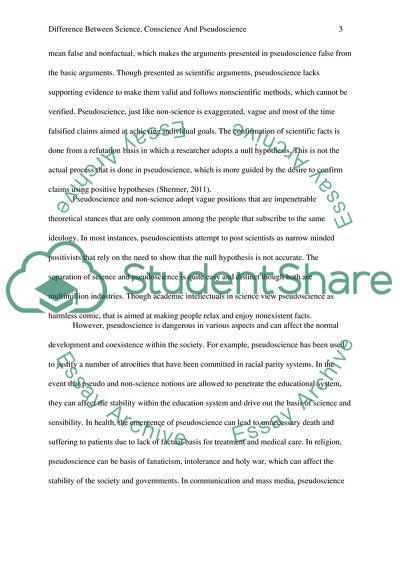Cite this document
(Difference between Science, Conscience and Pseudoscience Essay - 3, n.d.)
Difference between Science, Conscience and Pseudoscience Essay - 3. https://studentshare.org/philosophy/1843279-critical-thinking
Difference between Science, Conscience and Pseudoscience Essay - 3. https://studentshare.org/philosophy/1843279-critical-thinking
(Difference Between Science, Conscience and Pseudoscience Essay - 3)
Difference Between Science, Conscience and Pseudoscience Essay - 3. https://studentshare.org/philosophy/1843279-critical-thinking.
Difference Between Science, Conscience and Pseudoscience Essay - 3. https://studentshare.org/philosophy/1843279-critical-thinking.
“Difference Between Science, Conscience and Pseudoscience Essay - 3”. https://studentshare.org/philosophy/1843279-critical-thinking.


